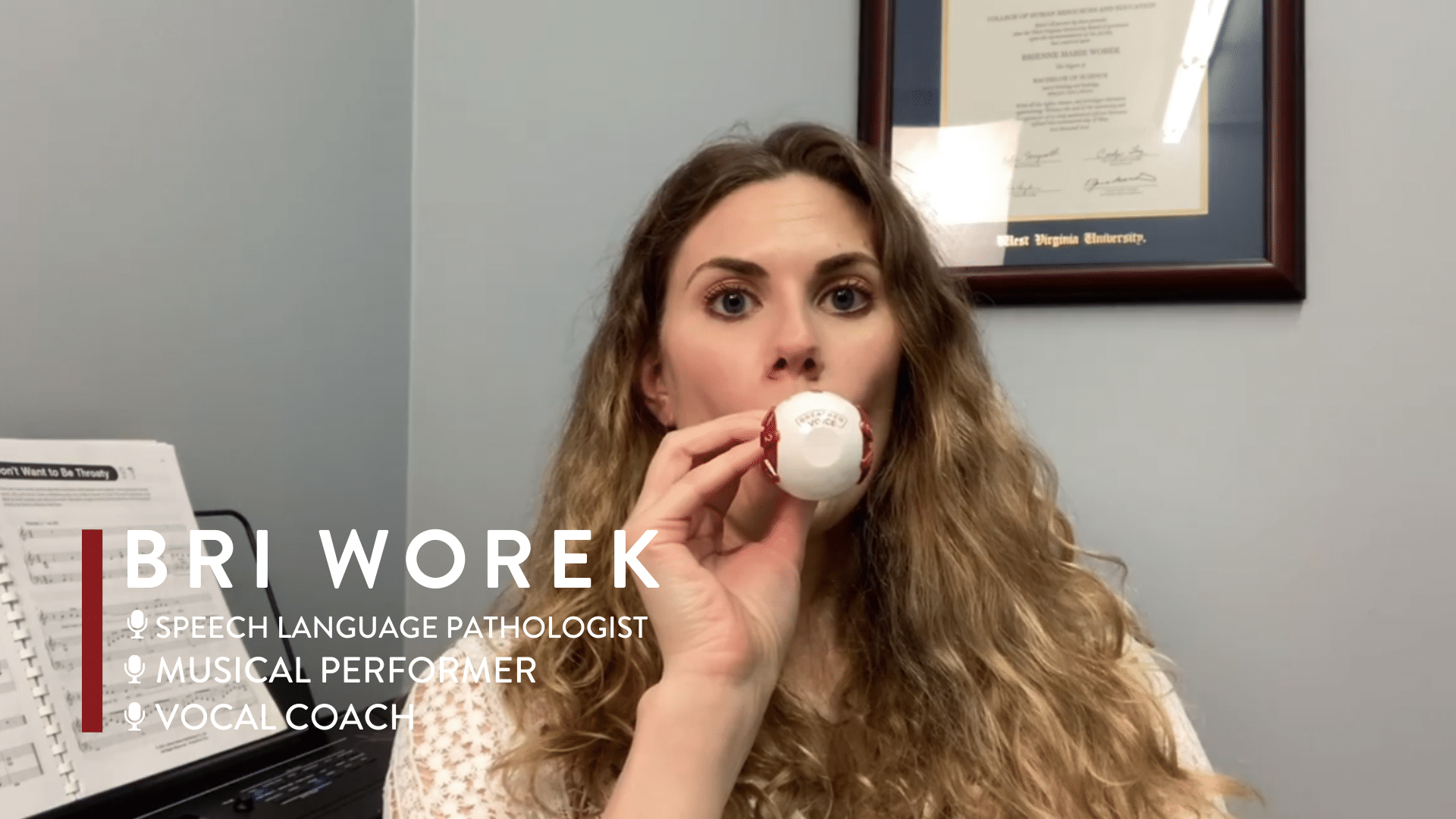Speech is produced by moving air against the resistance in the larynx or throat through the narrowed glottis and vocal folds. Speech production depends on appropriate lung volume and subsequent chest wall pressure created by this volume. At higher lung volumes, the chest wall is able to maintain higher pressure. This factor influences subglottic pressure and the ability to produce quality sound, which usually takes place at twice the lung volume as that of resting lung volume. The respiratory muscles are a critical component of voice production, as both inhalation and exhalation have to produce sufficient airflow that is tightly controlled.
The physiological aspects of speaking are enhanced during singing. Here, larger lung volumes and, in professional singers, highly developed skills of airflow control promote quality performance. Research has shown that classical singers can change their natural breathing patterns to support voice production, intensity and volume [1].
The diaphragm is the main breathing muscle, and strengthening of the diaphragm by resistance training (respiratory muscle training, or RMT) leads to increased lung capacity and maximum phonation time – an important parameter for singing, where inhalation is often dictated by the tune, demanding the suppression of the natural inspiratory reflex. Diaphragmatic breathing, or abdominal breathing, which is led by the downward excursion of the diaphragm during inhale, and the upward movement during exhaling, is the natural breathing pattern and represents the fundamental technique underlying singing. Besides diaphragm activation, accessory breathing muscles, located around the ribcage, the collarbone, and the neck, as well as abdominal wall and back muscles may be specifically recruited and activated for the production of individual notes or vibrato [2]. In professional singers, the respiratory system is thereby divided into functional units, which support highly nuanced phonation by facilitating the control of subglottic pressure [3]. Regional ventilation also differs between male and female singers, supporting the gender-specific difference in produced frequencies (eg female sopranos vs male tenors) [4].
Based on the physiology of producing voice for singing, strengthening the respiratory muscles by resistance training can help improve engagement of the main (diaphragm) and the accessory breathing muscles, thereby improving airflow control, phonation, and ventilatory control, promoting increased quality of voice production and singing.
Several studies have demonstrated the benefits of RMT in professional singers and instrumentalists. A recent study on 30 musicians and singers showed that a 4-week RMT intervention improved vocal range, breath support, and phonation time [5]. Other studies confirmed the effect of RMT on phonation time and breath support [6] and revealed the efficacy of RMT in the therapy of throat pain, vocal fatigue, and benign vocal fold lesions in professional singers. Benefits in this population included improved MPT, voice handicap index score, vocal rating score, subglottal pressure, dynamic range, and phonetogram area (voice range) [7].
The impact of the Breather on voice function has recently been demonstrated by a retrospective study investigating its effectiveness in patients with dysphonia following stroke. Significant improvements following a 4-week RMT intervention using the Breather include improved peak flow, self-perception of voice, loudness, pitch range, reduced breathiness and strain, and increased vocal intensity and semitone range [8].
Breather Voice, which strengthens both groups of breathing muscles by adding independently adjustable resistance to inhalation and to exhalation, is, therefore, the optimal device to improve all aspects of your voice and performance.
References:
1. Salomoni S, van den Hoorn W, Hodges P. Breathing and Singing: Objective Characterization of Breathing Patterns in Classical Singers. PLoS One. 2016;11: e0155084.
2. Watson AHD, Williams C, James BV. Activity patterns in latissimus dorsi and sternocleidomastoid in classical singers. J Voice. 2012;26: e95–e105.
3. Traser L, Özen AC, Burk F, Burdumy M, Bock M, Richter B, et al. Respiratory dynamics in phonation and breathing-A real-time MRI study. Respir Physiol Neurobiol. 2017;236: 69–77.
4. Traser L, Knab J, Echternach M, Fuhrer H, Richter B, Buerkle H, et al. Regional ventilation during phonation in professional male and female singers. Respir Physiol Neurobiol. 2017;239: 26–33.
5. Yilmaz C, Bostancı Ö, Bulut S. Effect of Respiratory Muscle Training on Pitch Range and Sound Duration in Brass Instrument Players and Singers. J Voice. 2020. doi:10.1016/j.jvoice.2020.04.012
6. Sapienza CM, Davenport PW, Martin AD. Expiratory muscle training increases pressure support in high school band students. J Voice. 2002;16: 495–501.
7. Wingate JM, Brown WS, Shrivastav R, Davenport P, Sapienza CM. Treatment outcomes for professional voice users. J Voice. 2007;21: 433–449.
8. Arnold RJ, Gaskill CS, Bausek N. Effect of Complete Respiratory Muscle Training (cRMT) on Dysphonia following Single CVA: A retrospective pilot study. medRxiv. 2020. Available: https://www.medrxiv.org/content/10.1101/2020.12.20.20248589v1.abstract

I’ve tried it and yeah, I can say it works!